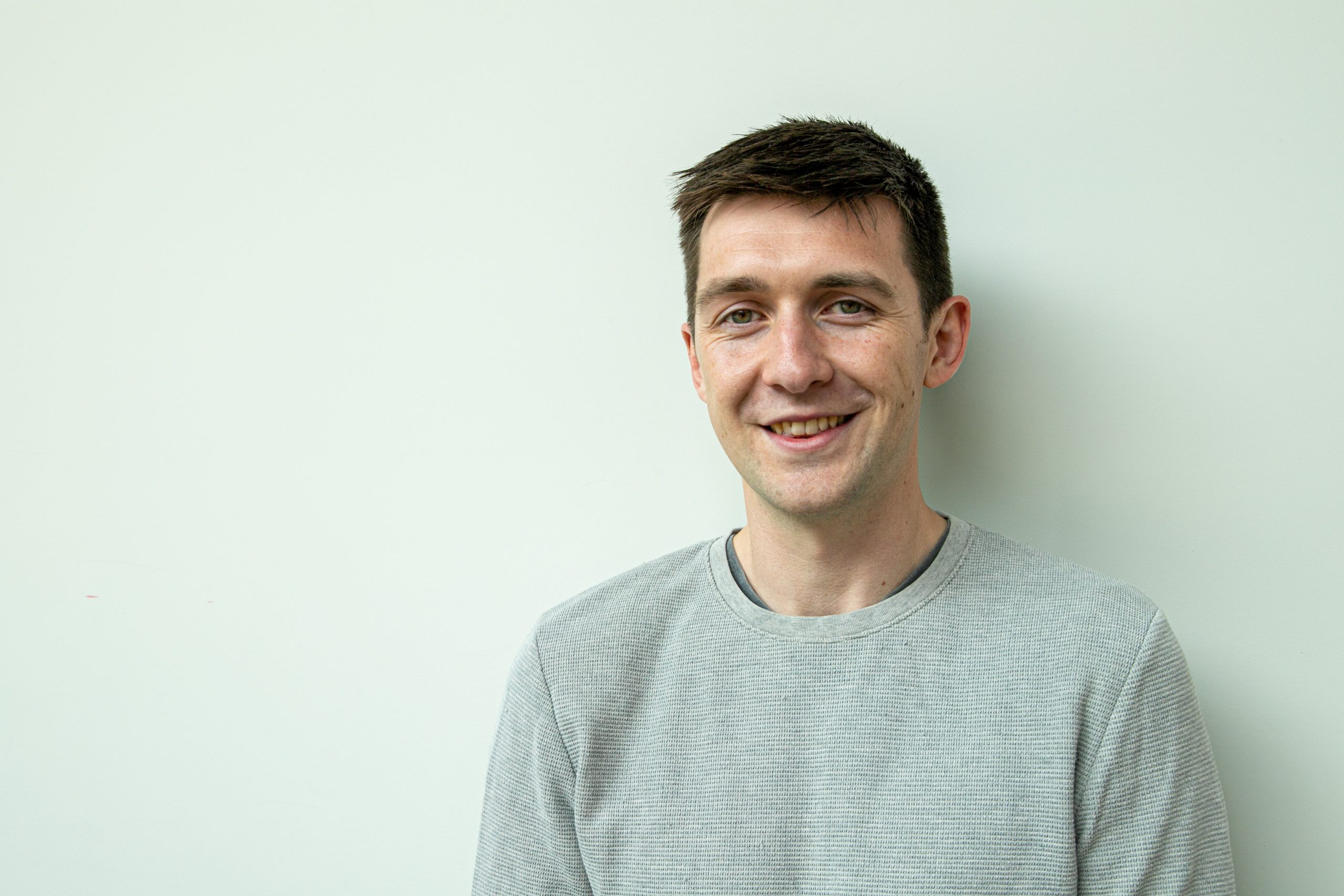
As part of our Staff Profile series, we spoke to Dr Mike Morten, Research Associate in Dr Yu Ye’s lab. Here, he tells us more about his research background and interests.
Introduce yourself – who are you and what do you do?
My name is Mike Morten and I am postdoctoral researcher in Yu Ye’s lab.
Can you tell us about your career so far – when did you join the college, and where were you working/studying before this?
I did my PhD in St Andrews and had postdoc work in Glasgow and New York, plus 6 months in Marseille, before I joined the college in 2020. I’ve been working on both neurodegenerative diseases and genome integrity in my different posts, but always using advanced imaging techniques to study mechanisms at the single-molecule level.
Can you explain a bit more about your research interests and what you’re currently working on?
At the moment I am working on new ways to study toxic protein aggregates which are formed in the brain during diseases such as Alzheimer’s and Parkinson’s disease. I use single-molecule fluorescence microscopes to study aggregate conformations, and how proteasomes degrade aggregates when they get inside the cells.
What initially sparked your interest in your current field of research?
I have always been interested in using microscopes, and fluorescence microscopes have the great ability to watch very small things moving very fast. So when the opportunity to study proteasomes travelling around in the cell to find toxic aggregates, I was very excited to join Yu’s group. I also felt I could help out setup some high resolution imaging methods which I had used before to study different proteins, so it seemed like a really good fit for everyone.
What aspect of your role are you most excited about?
There is a real translational potential to this project which I am excited about. Looking at protein aggregates, we have been able to show that their shape as well as their size affects how toxic they are to cells. If we can find the shapes of the most toxic aggregates, this could have really big implications for detecting these diseases early, and could also help measure how effective new drugs are when treating these diseases.
When you are not working, what are your main passions and hobbies?
I used to play a lot of rugby at school and university, and although I don’t play any more I still follow and watch it whenever I can. Other than that – I have a big sweet tooth and love to bake, especially in summer (aka peach cobbler season).
And finally – if you were stranded on a desert island but allowed one luxury item, what would it be?
If I had to answer sensibly, definitely suncream or a really good hat – I burn very easily… but my less practical answer would be a Grand Designs boxset. Then I could build a really amazing treehouse/imaging suite.